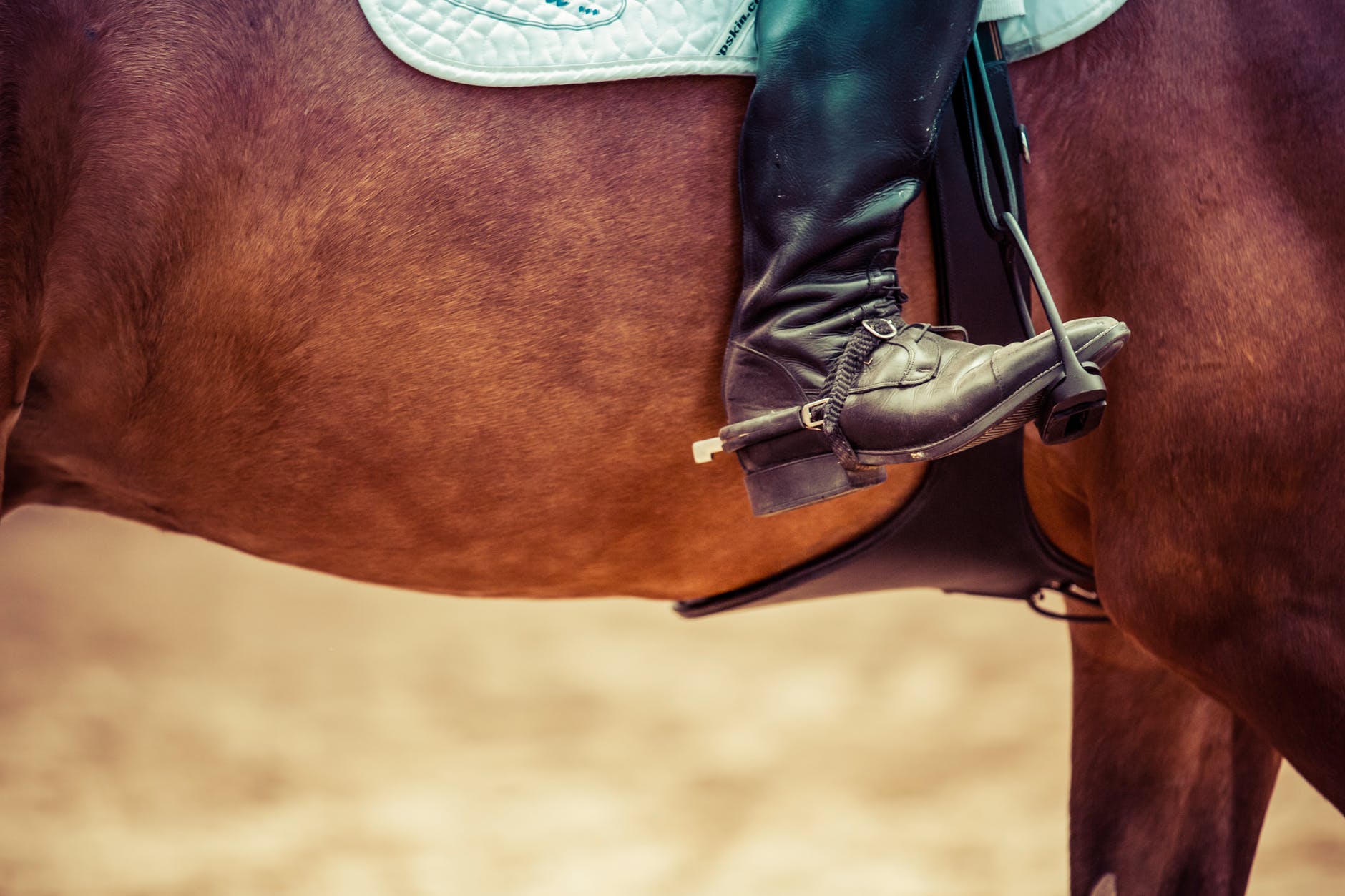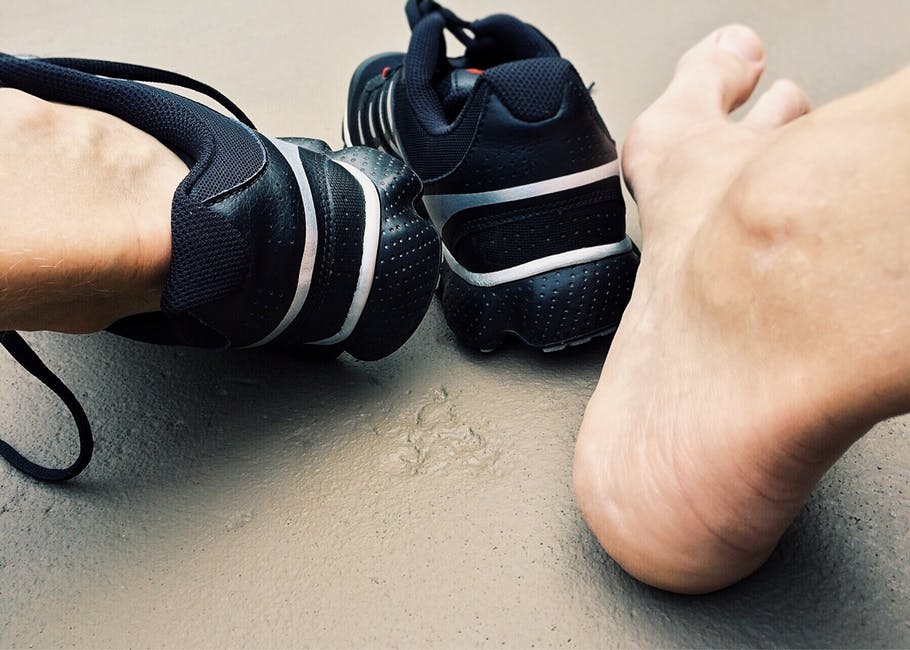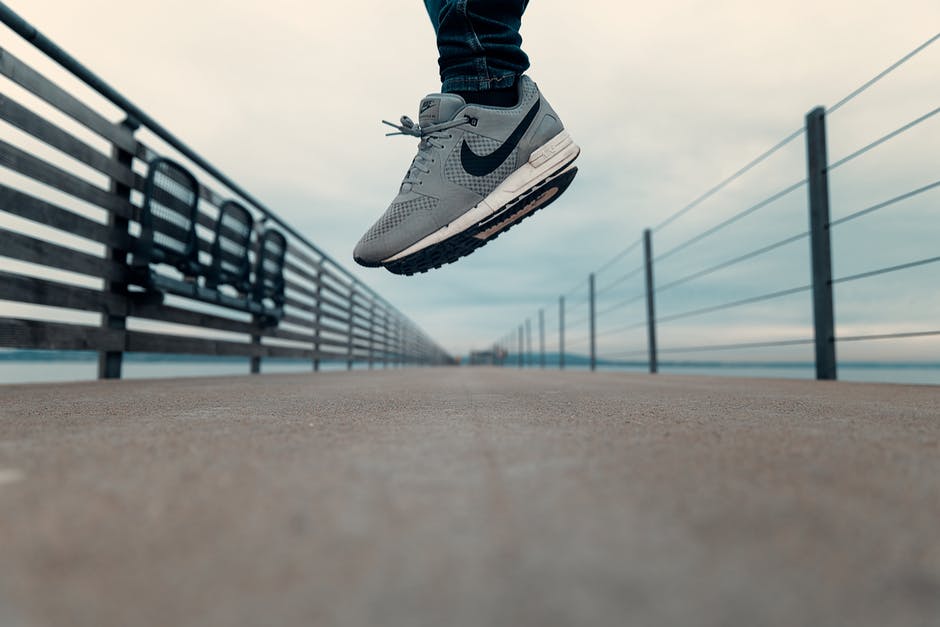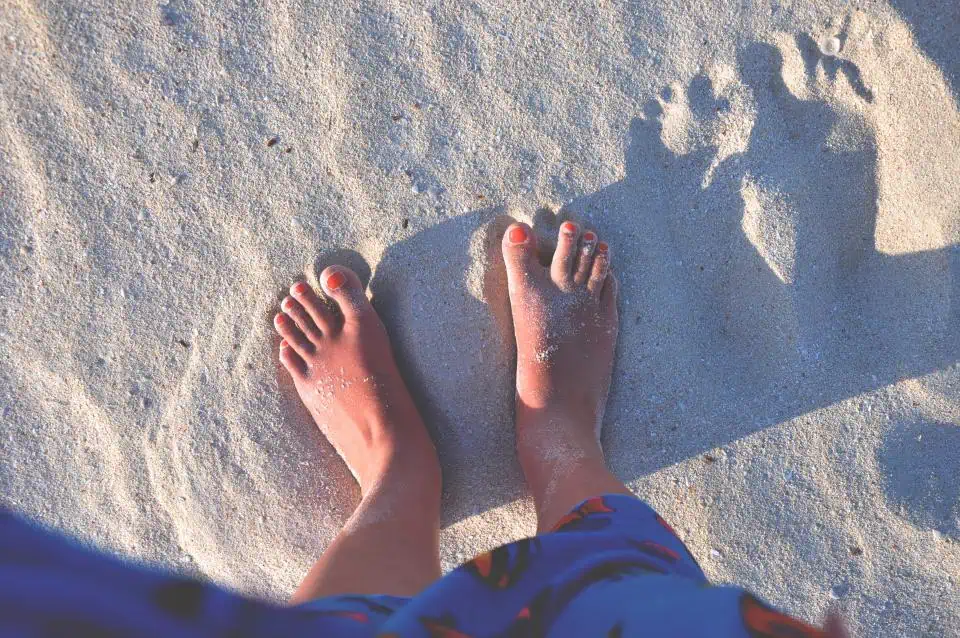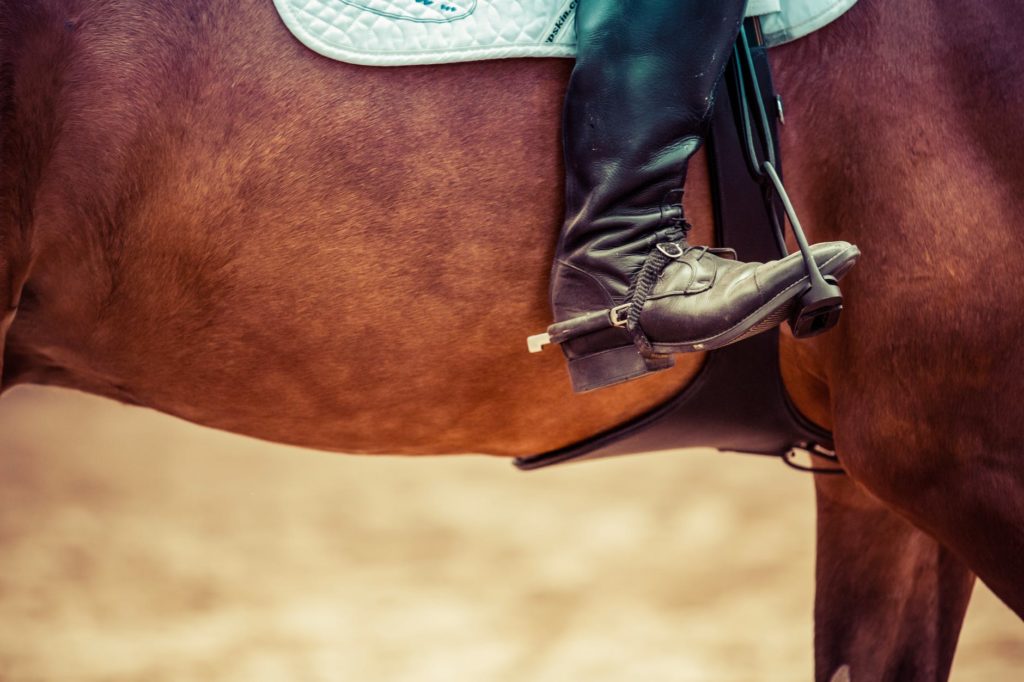
The new year is here, and for many of us that means it’s time to focus on our health, and address some of those lingering issues we’ve been putting off.
Today, I will share a success story of a patient who was dealing with chronic joint and tendon pain for several years. My goal is to help instill hope in many of you who have been experiencing similar pain, and have perhaps given up on finding a solution. So, here we go.
52, Healthy and Active
This patient is a 52 year-old female, who was healthy and active. We will call her CJ. She came into my office with a variety of foot complaints. The primary issue was chronic joint and tendon pain in her right foot and ankle, and this had been going on for several years.
Seven years prior, a horse stepped on her foot and she was diagnosed with a “hairline fracture” and wore a cast for three months. Once she was out of the cast, she could get back to activity with little pain. However, over the next five to six years, she started having more and more pain in the area that began to significantly limit her activity. This gradually led to weight gain, which only made the problem worse.
Plantar Fasciitis, Arthritis and Tendon Pain
When I first saw CJ, she was planning on having gastric bypass surgery, but was concerned that she would not be able to exercise properly after the surgery because of her foot and ankle pain. She had previously been treated for plantar fasciitis by another doctor. She had steroid injections and wore a night splint, but neither treatment seemed to give her any relief.
During her initial exam, her X-rays showed that the old injury had been more than just a hairline fracture. She had evidence of post-fracture arthritis in two joints in the middle of her foot. The fracture had healed, but left joint damage behind. Her other main issue of ankle pain was diagnosed as a partial tendon tear. This had likely been aggravated by compensating for the joint pain.
Regenerative Medicine + Surgery
Many times, when patients present with arthritis, tendon pain, or plantar fasciitis, we use regenerative medicine therapy to help stimulate healing and avoid surgery altogether. But, in CJ’s case, we needed to use several different treatments to help address all the issues that had been accumulating for all these years.
We performed surgery to repair the tendon tear and used regenerative injections to help heal the joint damage. To better support the damaged joints, we fitted her for custom orthotics. She then began physical therapy to improve her strength, balance, and flexibility.
Ten Weeks Later
CJ was on crutches for four weeks after the tendon repair. But, once we cleared her to start walking, she progressed quickly. She was highly motivated and committed to her therapy and post-operative rehab. Ten weeks after surgery and regenerative therapy, she was already back to walking and elliptical workouts daily. She still has the occasional sore muscles, but no longer has anywhere near the pain she did before. CJ is still considering gastric bypass surgery. But, she now feels she will be able to lose the weight without it since she can exercise without pain.
So, if you or someone you love is struggling with daily foot or ankle pain, please don’t wait any longer to address it. Call today to make an appointment, and we can discuss treatment options with you.
2018 can be your last year to deal with chronic pain. It’s time to get on the path to healing, together.
